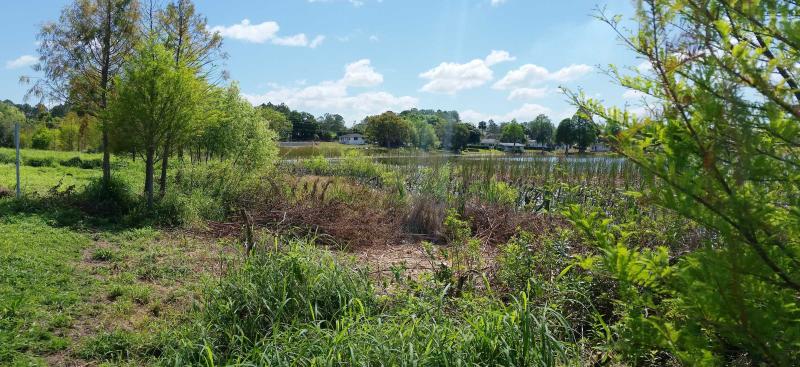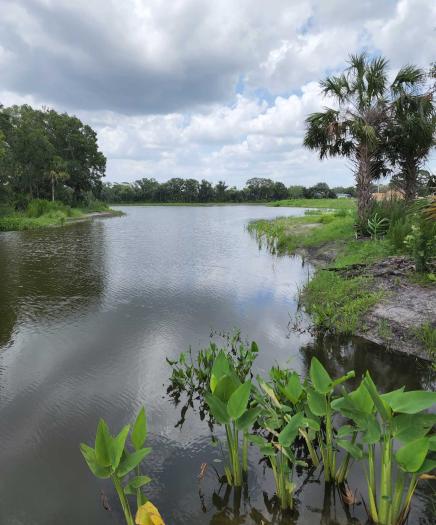What is a Conservation Easement?
A conservation easement is a legal agreement that permanently restricts the use of a portion or the entirety of a property, often as a condition of an Environmental Resource Permit (ERP). Conservation easements are recorded in the public records of the county in which the property is located. In many residential developments, conservation easements are placed over natural areas as a part of the permitting process for stormwater management systems under an ERP. They play a critical role in preserving natural systems that help protect water resources and mitigate flooding concerns while supporting native habitats. These easements prohibit or limit activities, alterations, or construction on the portions of the property covered by the conservation easement that would otherwise alter the protected area.
Conservation easements are perpetual, meaning they remain in place regardless of changes in property ownership and are not limited to the original developer. Once an HOA takes over management of a residential community, it assumes full stewardship of the conservation easement in accordance with the ERP and the terms of the conservation easement. Once a conservation easement is recorded, it is noticed to the county property appraiser and tax collector.
The Southwest Florida Water Management District (District) holds thousands of these easements throughout the District via its jurisdiction over the ERP program.
The creation, acquisition, and enforcement of conservation easements are covered under Florida Statute 704.06, and the full statute can be found at the Florida Legislature’s Online Sunshine webpage.
Activities Prohibited or Limited by Conservation Easements
- Construction of buildings, roads or other structures.
- Dumping of soil, trash, waste or other materials.
- Removal or destruction of trees, shrubs or other vegetation.
- Excavation, dredging or removal of material that would affect the surface.
- Surface use except for purposes that allow the property to remain predominantly in its natural condition.
- Activities detrimental to drainage, flood control, water conservation, erosion control and soil conservation.
- Activities detrimental to fish and wildlife habitat preservation.
- Acts or uses detrimental to retention of land or water areas.
- Acts or uses detrimental to the preservation of the structural integrity or physical appearance of sites or properties of historical, architectural, archaeological or cultural significance.
Frequently Asked Questions
Can I mow or trim the plants in a conservation easement?
Generally, no. Conservation easements usually prohibit the destruction, clearing, or trimming of any vegetation within the easement area. An exception to this is the removal of exotic or nuisance plants. At times, these plants can be removed as part of a site-specific management plan. The District can help with the identification of exotic or nuisance plants.
What happens if someone alters or damages a property in a conservation easement?
Although the majority of property owners abide by the restrictions and conditions listed in a conservation easement, the District can initiate enforcement proceedings against property owners who violate those conditions. Property owners can be requested to restore the conservation easement area and may face additional fines and penalties.
Can I add or remove yard waste, soil or other materials from a conservation easement?
Generally, no. Adding or removing materials, such as soil, rock, mulch, yard waste or other materials is usually prohibited in conservation easements.
Are conservation easements open to the public?
In most cases, no. Typically, conservation easements do not grant public access and are not intended for recreational use unless specifically allowed.
Who is responsible for protecting conservation easements?
Protection of a conservation easement is the responsibility of the property owner, which is typically the O&M Entity, which is often the community HOA. The District is not responsible for maintaining the conservation easement. However, the District does monitor the status of conservation areas to ensure they are maintained in accordance with the provisions of the agreement.



